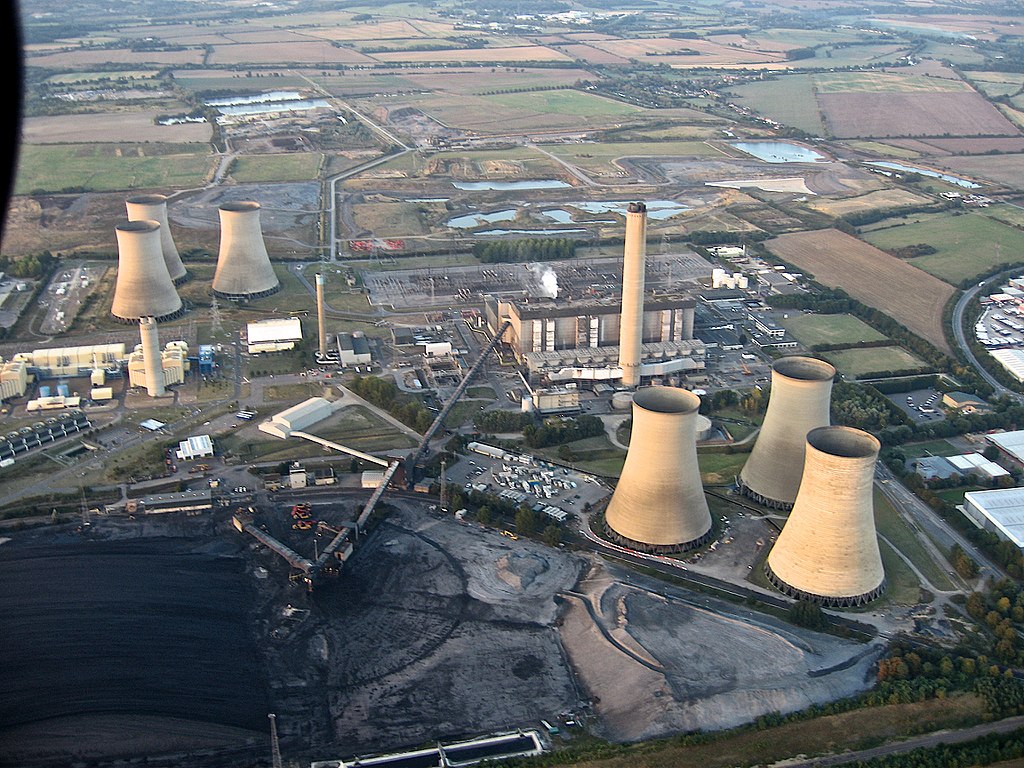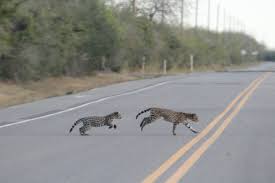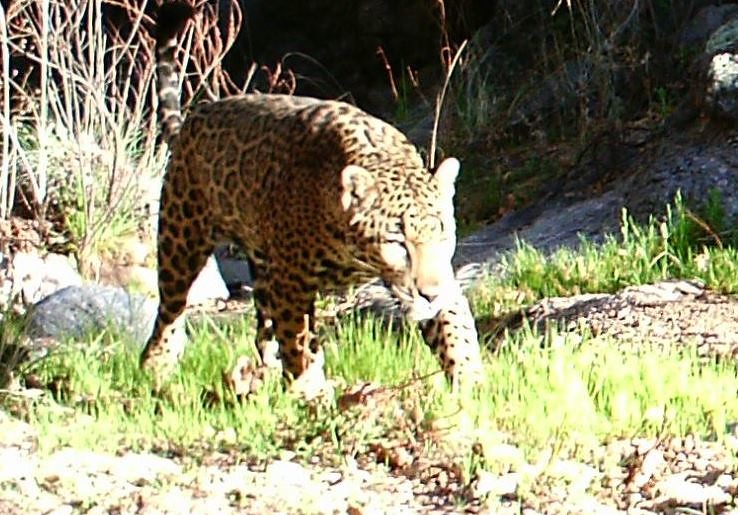58% of Conservative voters want more solar and onshore wind turbines. Despite this, the current Chancellor in the UK has just decided to leave this ban in place. They have to be called out on this. On shore wind turbines are the cheapest way to make electricity bar none.
This is completely in contradiction to what they are saying. Jeremy Hunt has just released his budget, which includes £20 billion, which will include small nuclear reactor. The energy security minister, Grant Shapps stated
“Already a leader in offshore wind power, we now want to do the same for the UK’s nuclear and carbon capture industries, which in turn will help cut the wholesale electricity prices to among the lowest in Europe”.
This is true, but how much further would we be, if the leading government stopped listening to a small minority of voters, and bought back onshore wind power. This would be good for our emissions, price of power as well as being fantastic for farmers, who can host wind turbines, and be paid for it


















